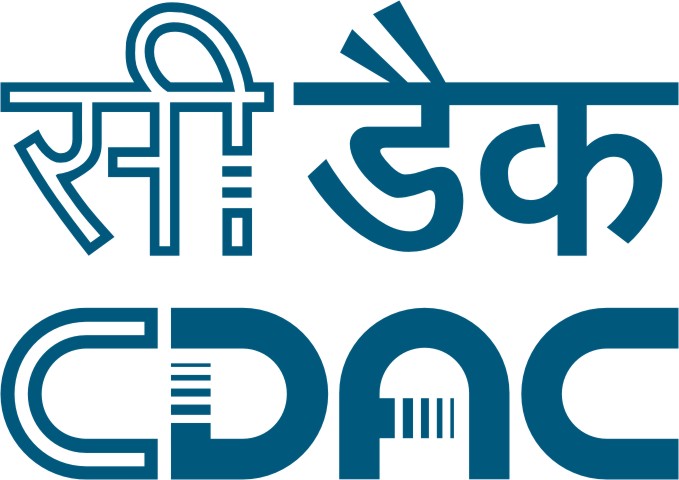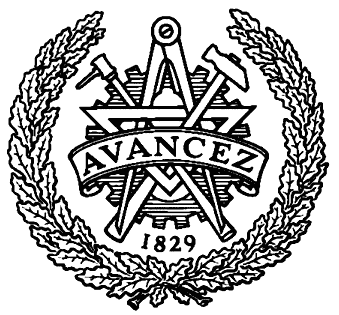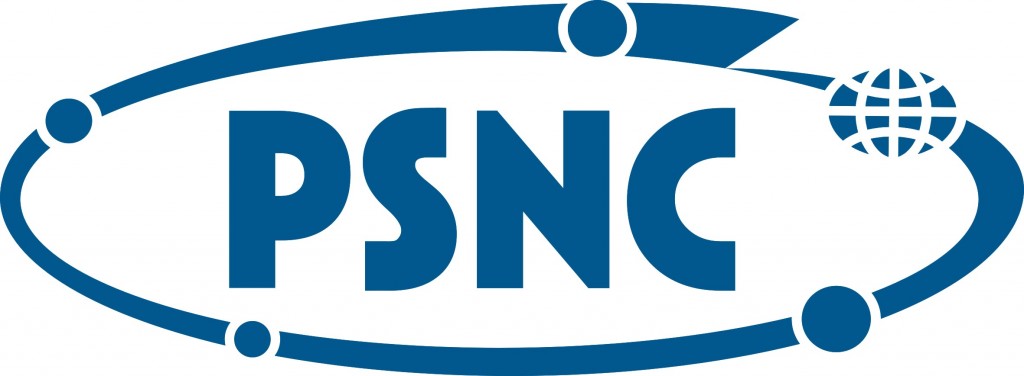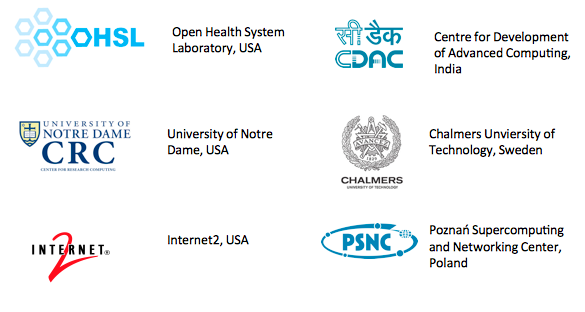- Overview
- Members38
- Wiki4
- Resources
- Forum
- Wish List
- Usage
- Projects
- Calendar
- Announcements
- Files
- Activity
- Discoverability Visible
- Join Policy Open/Anyone
- Created 14 Jul 2015
Open Health System Laboratory (OHSL) , Rockville MD, USA
 Open Health Systems Laboratory (OHSL) has established a consortium of institutions and practitioners around the world to participate in this project in 2012 known as ICTBIOMED - ICT for Biomedical Global Research Collaboration. The leaders in supercomputing are as follows: Center For Advanced Development of Advanced Computing (C-DAC), Pune, India; Chalmers University Life Sciences Supercomputing Networking Center, Gothenburg Sweden;Poznań Supercomputing, Poznań, Poland; University of Notre Dame Center for Research Computing, USA.
Open Health Systems Laboratory (OHSL) has established a consortium of institutions and practitioners around the world to participate in this project in 2012 known as ICTBIOMED - ICT for Biomedical Global Research Collaboration. The leaders in supercomputing are as follows: Center For Advanced Development of Advanced Computing (C-DAC), Pune, India; Chalmers University Life Sciences Supercomputing Networking Center, Gothenburg Sweden;Poznań Supercomputing, Poznań, Poland; University of Notre Dame Center for Research Computing, USA.
Subject Area and Field experts are comprised of staff from Arizona State University’s Computational Sciences and Complex Adaptive Systems Initiative; Duke Comprehensive Cancer Center, and TATA Memorial Center in India. The experts are also involved in collaboration agreement for radiation sensitizers with NCI. We will have a continuous interaction and bridging, develop the platform, on a larger scale looking at bridging the technology practitioners.
The goal of the proposed collaboration is to provide and further develop where appropriate, the necessary tools in the areas of knowledge integration, network analytics, next generation sequencing and interoperability. These tools will focus and provide utility across all areas of cancer research including but not limited to cancer biology, cancer control, prevention, and diagnosis and treatment; also developing tools for data management and research oversight; clinical trials and other essential study elements, such as the protocol, the recruitment strategies, and procedure manuals; and collecting feasibility data.
Center For Advanced Development of Advanced Computing, Pune, India
India's Centre for Development of Advanced Computing (C-DAC) is a leading R&D organization of the Department of Electronics and Information Technology(DeitY) , India, Ministry of Communications & Information Technology (MCIT) for carrying out R&D in IT, Electronics and associated areas. Different areas of C-DAC, had originated at different times, many of which came out as a result of identification of opportunities. C-DAC focuses on solving research problems and has extensively worked in the areas of Information (IE) & Retrieval (IR), using Natural Language Processing (NLP) based Semantic Search technique/ algorithms for text mining applications to facilitate efficient and effective access of relevant information from the unstructured information sources. C-DAC is creating a cancer grid for the country, which will be connected to the cancer grid in the US so that the researchers in both the countries can work together on the collected data. The key sectors addressed by C-DAC are Finance, Healthcare, Power, Steel, Defense, Telecom, Agriculture, Industrial Controls, Broadcasting, Education and e-Governance.
The Bioinformatics Group at C-DAC leverages on the inherent technological expertise to delve into complex biological systems and develop an understanding of underlying processes by providing high throughput solutions and services.
Chalmers University, Gothenburg, Sweden
At the Life Science Engineering Area of Advance they study fundamentals and provide engineering solutions to the Life Science sector, including health care, the food industry, and the biotech industry. Chalmers' contributes to the development of a sustainable society, where biotechnology is used for sustainable production of fuels, chemicals and materials. Their researchers are also actively involved in advancing nutrition as well as disease diagnosis and treatment to help society move from treatment to prevention of many diseases.
The Life Science Engineering Area of Advance is organized into five research profiles, each consisting of several active fields. An overview of the research profiles and fields is provided below. All the different research activities cover one of the three major application areas of life science, namely 1) human health, 2) food and nutrition and 3) industrial production, and several of the research fields involve activities in two or three of the different application areas.
Poznan Supercomputing and Networking Center (PSNC), Poland
PSNC is affiliated to the Institute of Bioorganic Chemistry of the Polish Academy of Sciences and is responsible for the development and management of the national research network in Poland – PIONIER. The infrastructure is based on dedicated fibres and DWDM equipment owned by PSNC. The network consists of over 5300 km of fibre cable lines interconnecting 21 MANs in Poland (19 of them with 10Gbps Ethernet channels), all Polish universities (over 100) and the Polish Academy of Sciences institutes, including over 700 research and development institutions and 5 HPC centers. PSNC also interconnects Poznan R&D institutes with POZMAN, the city-wide metropolitan area network. POZMAN consists of 220 km of optical fibres equipped with 10Gbps Ethernet technology.


